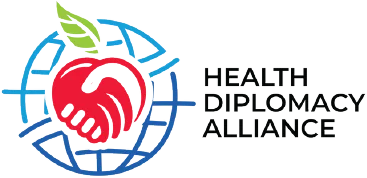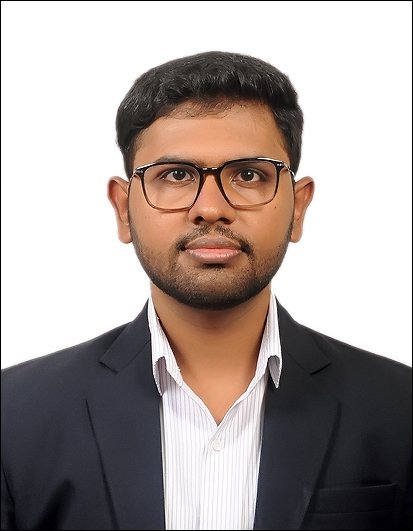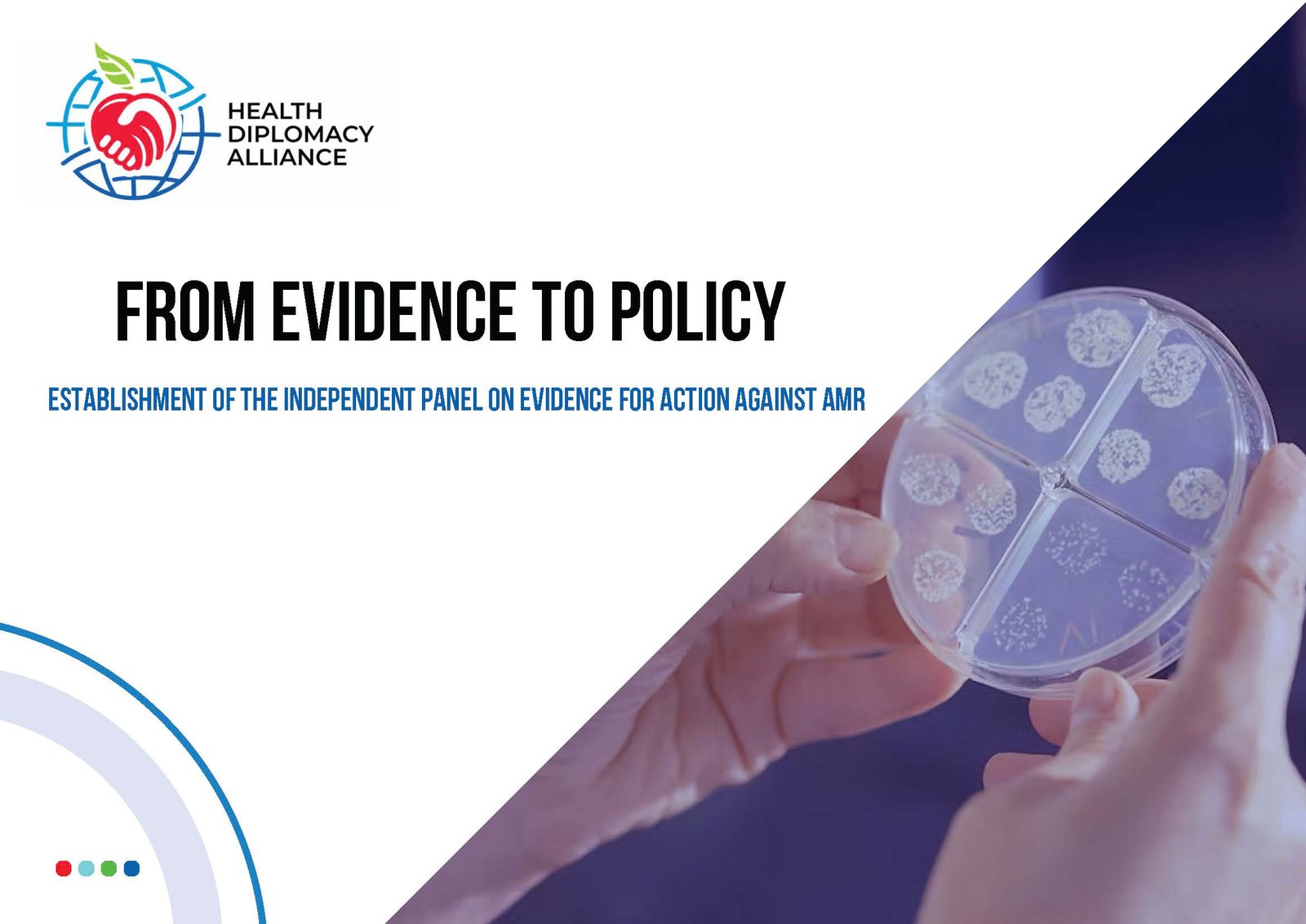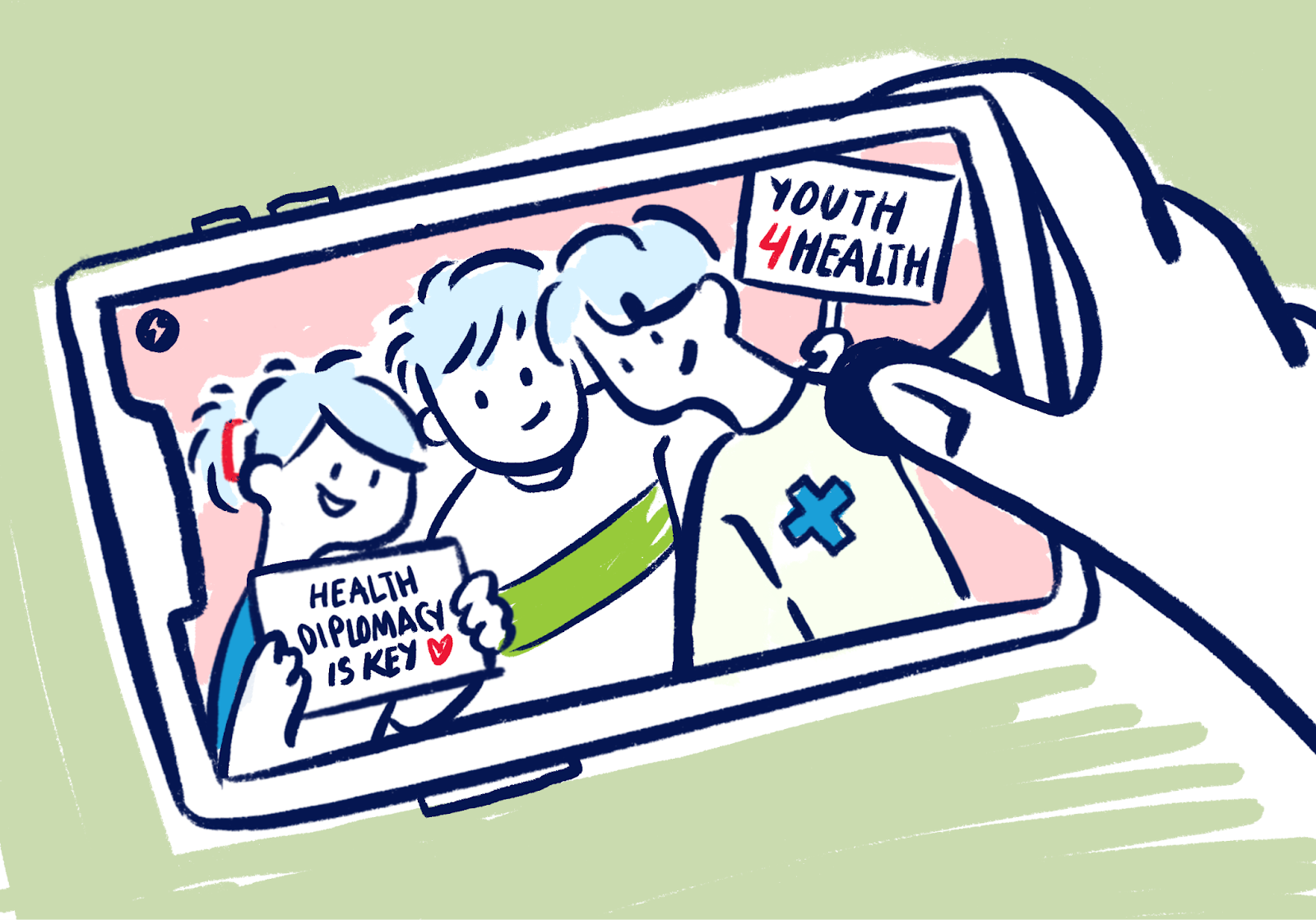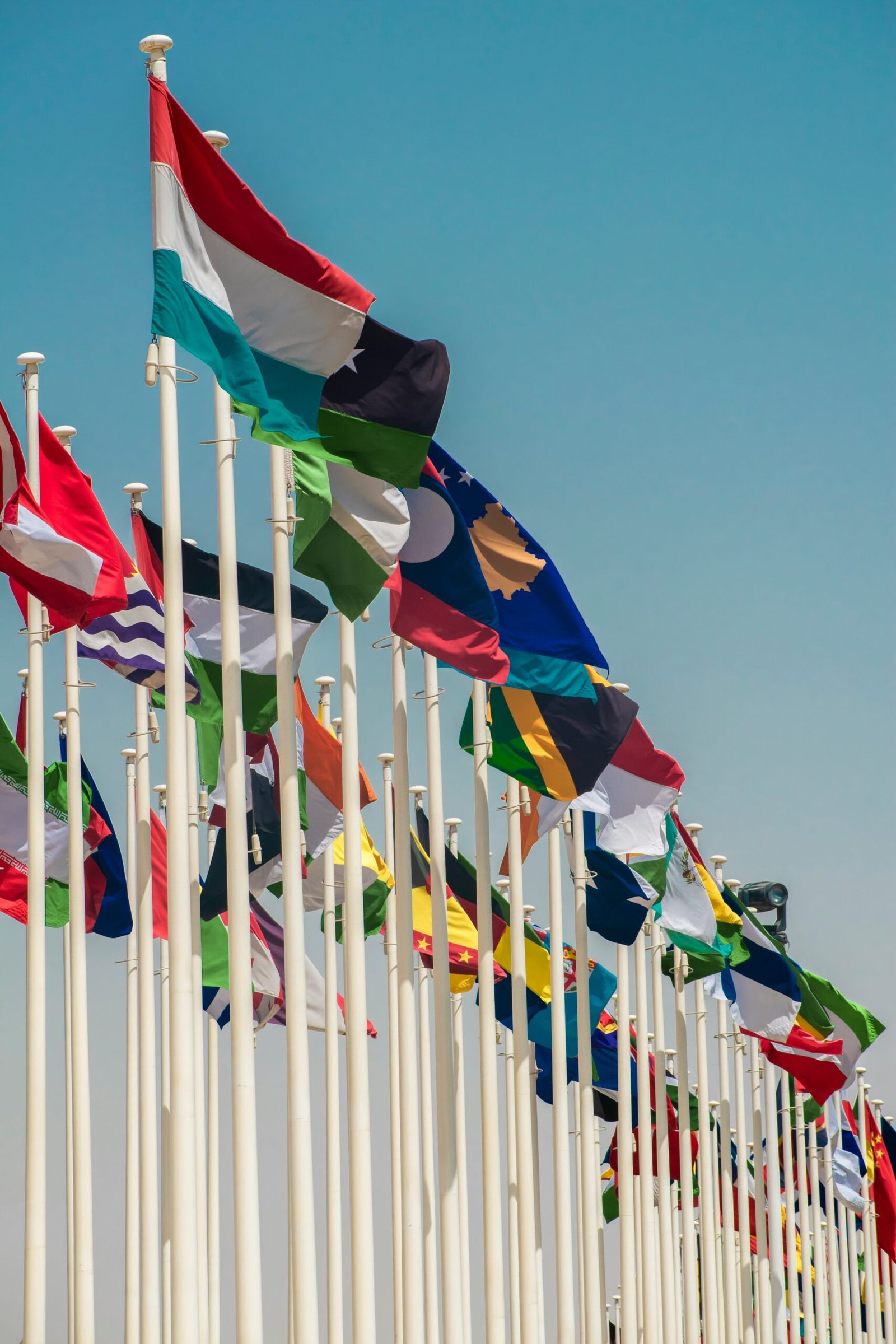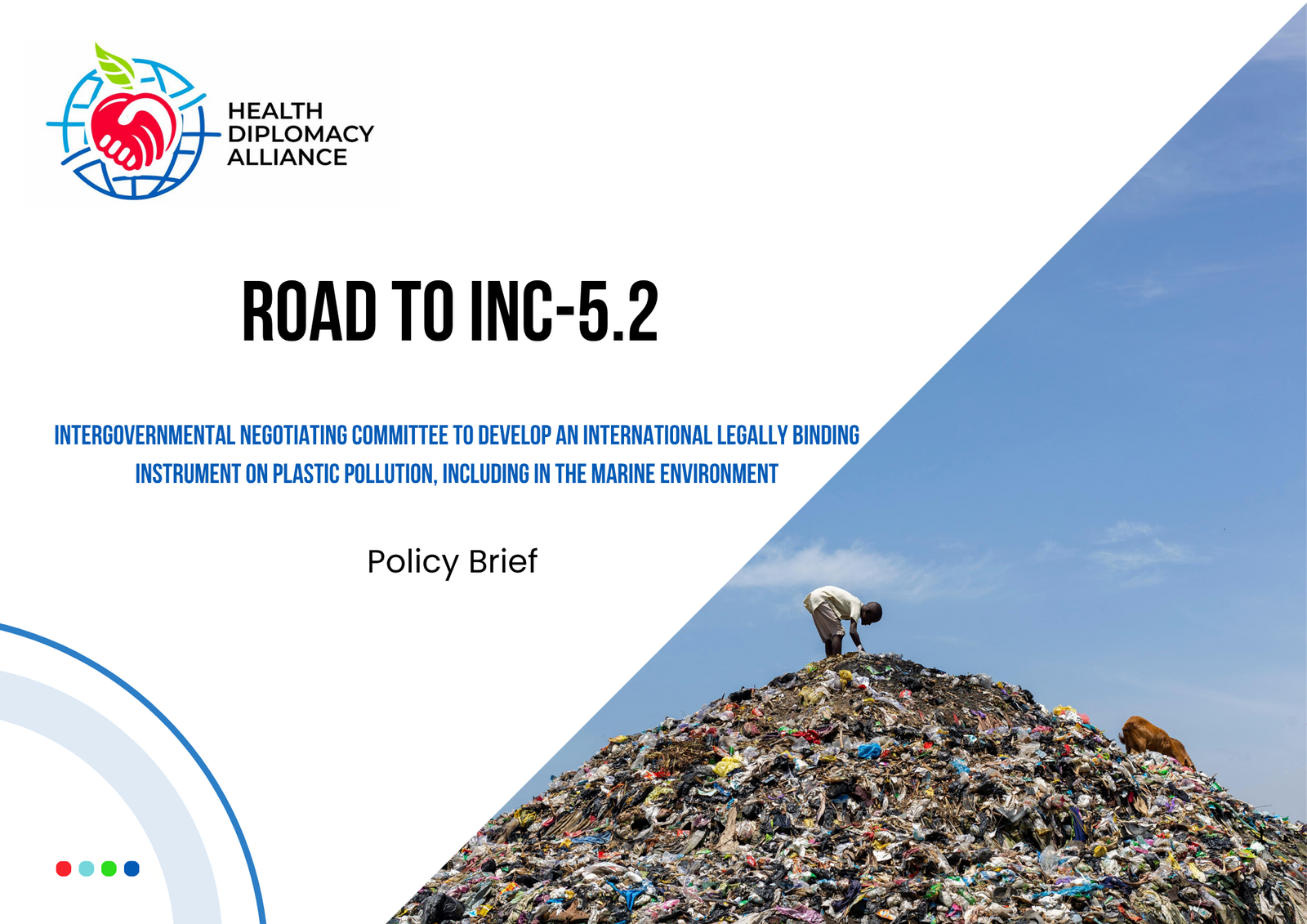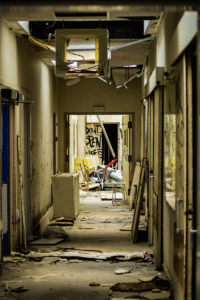
Image source – Tim L. Productions on Unsplash
Shielding the Frontline: Diplomacy for Protection of Humanitarian Health Workers
Introduction
The year 2024 witnessed a grim record for attacks on humanitarian health workers globally, with 377 aid worker fatalities across 20 countries, a staggering 137% increase from 2022. The trend continues in 2025 with 545 attacks impacting facilities and 412 attacks affecting personnel between 1 January and 19 August 2025. Amidst total fatalities in conflict-affected situations, the local and national humanitarian and health workers bear the greatest burden of violence, accounting for 90 per cent of victims. The protection of humanitarian health workers has become a critical concern in the international humanitarian law and policy discourse.
As the world observes World Humanitarian Day 2025 under the theme “Strengthening Global Solidarity and Empowering Local Communities,” the protection of humanitarian health workers has emerged as a critical nexus where international cooperation and local empowerment must converge.
There is an urgent need for enhanced protection mechanisms through health diplomacy for those in vulnerable situations and exposed to increased risk of attacks, while providing medical care in conflict zones and humanitarian emergencies.
Evolving Nature of Attacks
Modern conflicts have witnessed a distressing evolution in the targeting of healthcare infrastructure. Unlike traditional warfare, where International Humanitarian Law was respected and protecting medical facilities was prioritized, contemporary conflicts increasingly employ healthcare destruction as a means for disrupting the health ecosystem. The attacks manifest in various forms, from direct bombing of hospitals and ambulances to more subtle tactics such as deliberately targeting energy and water infrastructure vital to the functioning of the healthcare system. For instance, it has been witnessed that the attack on health have seen a notable increase in the use of explosive weapons from 36% in 2023 to 48% in 2024. Armed drone attacks on healthcare facilities have similarly increased from 9% to 20% over the same period. This systematic targeting of healthcare providers requires international attention and action to prevent such incidents and uphold International Humanitarian Law (IHL).
International Frameworks in Place
Global solidarity for health worker protection encompasses diplomatic coordination, shared intelligence, and collective advocacy that can shield health workers from attack. While the Geneva Conventions of 1949 and International Humanitarian Law provide robust legal foundations for humanitarian and healthcare personnel protection, active measures have been taken since 2012, with the World Health Organization (WHO) creating a surveillance database on Attacks on Health Care.
Following this, in 2014, the UN Security Council passed Resolution 2175, and in 2016, Resolution 2286 to protect humanitarian workers, health personnel, and medical facilities in conflict zones, respectively. In 2020, the WHO launched the Health Worker Safety Charter, which called key stakeholders to be involved in ensuring protection from violence, physical and biohazards, improving mental health, developing national programs, and emphasizing the synergy of health worker and patient safety.
The role of physicians and other health workers in the preservation and promotion of peace is established in WHOs Resolution WHA 34.38, that establishes the role of WHO in facilitating the implementation of UN Resolutions towards peace and conflict prevention. The Global Health and Peace Initiative furthers the Humanitarian-Development-Peace nexus underlines the role of health as a key driver of peace and sustainable development, including all parts of the UN and the World Bank in conflict prevention, mediation, and resolution.
However, despite these measures, the attacks on humanitarian and health workers continue, highlighting the need for more effective collective action. To address this concern, diplomatic mechanisms that can translate international solidarity into tangible protection for health and humanitarian workers, and protection of health facilities are needed. This was reiterated by the UN Secretary-General, António Guterres, in his message on the Call for Action to protect humanitarian workers, by stating the need for political will and the need to invest in their safety.
Challenges to address
Significant resource disparities persist between international and local health worker protection initiatives. Humanitarian and health workers representing international humanitarian organizations have access to security training, evacuation procedures, insurance coverage, and protection that are unavailable to local health workers. Additionally, the paucity of humanitarian health education and training programs in conflict-affected countries restricts local health workers’ access to specialized protection training that could enhance their safety.
Many global solidarity initiatives inadvertently impose external priorities, timelines, or methodologies that conflict with community preferences or cultural norms. Local healthcare communities’ voices are underrepresented in the global discourse around their protection; that leads to a narrative and solutions facing glaring implementation challenges.
Integrating global solidarity with local empowerment requires inclusive coordination mechanisms that can balance an international response with local context-specific solutions. To address this, it requires diplomatic frameworks that can maintain global solidarity while ensuring meaningful local participation in health worker protection decision-making.
Diplomacy: Bridging Global Solidarity and Local Empowerment
Effective diplomacy can integrate global solidarity and local empowerment for humanitarian and health worker protection. Multi-track diplomacy between nations, multistakeholder engagement involving various actors, and informal field-level negotiations are needed to bring about this balance and address this urgent objective. However, in conflict settings, prominent diplomatic channels often harness negotiation, mediation, and advocacy to ensure access to affected populations, raise protection issues, and influence domestic actors impeding humanitarian relief.
Current diplomatic efforts must go a step further to bring local health worker community perspectives into mainstream policy and negotiation efforts to ensure securing the space for health interventions while engaging politically and socially to empower local capacity. For instance, humanitarian organization like the International Committee of the Red Cross (ICRC) regularly bring local humanitarian health workers into the process of negotiating policies that ensure access and protection for healthcare communities in highly insecure environments.
Successful protection strategies require trust-building, multi-level engagement, evidence-based advocacy, and innovative protection mechanisms. For instance, the synergy of global solidarity and local empowerment was witnessed when UNICEF, as an international organization, negotiated for corridors of peace and days of tranquillity in Syria and Yemen, specifically designed to allow immunization campaigns, human resource training, ensuring the continuous supply of vaccines, and supporting community engagement and outreach programs.
Similarly, in Yemen, during COVID-19, global partners provided technical expertise, equipment, and diplomatic protection, while local communities took responsibility for facility security, staff safety, and service delivery and expanded its testing capacity from one laboratory to 18 facilities between 2020 and 2022. The success of this initiative stemmed from its dual approach of international support and local ownership.
In Ukraine, where the healthcare system continues to grapple with attacks, the systematic surveillance and verification process set by WHO not only provides crucial data for international diplomatic engagement but also builds local capacity for monitoring and reporting attacks against health workers. This empowerment through evidence-based documentation has created sustainable local capacity for health worker protection advocacy that has the potential to persist beyond the conflict situation.
Health workers in Gaza have called upon international stakeholders to work together to uphold global solidarity to fortify health workers’ resilience and ensure universal access to healthcare in conflict-affected situations.
Way Forward
While it is imperative to strengthen the enforcement of existing international frameworks, diplomacy must focus on embedding community voices directly into global protection frameworks. Additionally, the development of regional health worker protection networks that can advocate collectively while maintaining local representation and empowerment could provide platforms for local health workers to engage directly with diplomatic processes.
Use of digital, satellite, and communication tools for real-time monitoring and response can connect local health workers directly to international protection networks and provide independent verification of attacks on healthcare facilities, supporting both international advocacy and local documentation efforts. Additionally, context-driven health education and training modules should be designed with sensitivity to local cultural, political, and security realities, equipping health workers with practical skills for negotiation, risk assessment, and community engagement to enhance their safety on the frontline.
Further, developing innovative financing mechanisms that can provide resources for local health worker protection while building community capacity for resource management and sustainability promise a sustainable solution to health system strengthening in conflict-affected situations. Successful implementation of these can only happen with global solidarity and collective action, with diplomacy as a tool that bridges global and local action.
Conclusion
The urgency of protecting health workers under unprecedented attack worldwide demands immediate action to strengthen both global solidarity mechanisms and local empowerment initiatives. Most critically, it requires a fundamental shift in the approach to the protection of health and humanitarian workers from a technical challenge requiring external solutions to a political and social challenge requiring authentic partnerships. The World Humanitarian Day 2025 offers an opportunity to reflect and create a diplomacy roadmap for transforming health worker protection, whose success would be measured in terms of communities empowered to protect the health workforce who dedicate their lives to protecting others.
About the Authors
Dr Abhishek Bhatia is a Policy and Advocacy Consultant at the Health Diplomacy Alliance. He has a pertinent interest in health diplomacy, access to healthcare, Intellectual Property, Trade and Public Health.
